The Forbidden Peak West Ridge route is listed in Steve Roper and Allen Steck’s timeless climbing book Fifty Classic Climbs of North America. The awe-inspiring views and quality rock make for a memorable and enjoyable-while-challenging climb.
The approach to Forbidden Peak via the Boston Basin starts at a parking pullout at an elevation of approximately 3,600 feet. The trail from the pullout to Boston Basin is steep and requires a number of stream and snow-field crossings. After just more than 2,000 vertical feet of hiking, which can be heavily eroded in areas, you emerge from the trees into Boston Basin, where you are rewarded with views to 8,000-foot peaks in every direction. Once you’ve taken in the views and shot an ample number of photos, you’ll have several campsite options to choose from, as well as the benefit of a composting toilet. As you look out into the valley from 6,000 feet, you'll have arguably the best view from any toilet in North America.
The West Ridge is the most popular route to the Forbidden Peak summit. Depending on who you ask, this route is Alpine Grade II, with climbers likely saying it ranges from a 5.4-5.6. While it’s an enjoyable climb, the West Ridge route is not short. Once you’ve hit the summit, you’re only half-way done, and it’s not a slow descent thanks to the couloir and ice fields below.
Forbidden Peak is located in the North Cascades National Park, so you will need a Northwest Forest Pass permit. Also, although the climbing is free, you must have a permit to access Boston Basin, and the permit must be picked up from Marblemount Ranger Station. The number of available permits is limited, and given the popularity of Forbidden Peak, they go very fast on summer weekends. We arrived at Marblemount Ranger Station on a Thursday night and were lucky enough to get the last permit for the weekend.




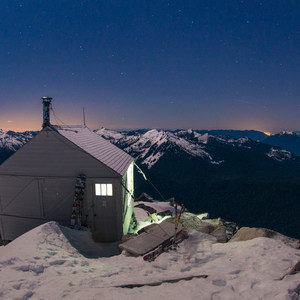
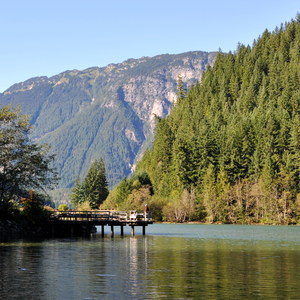
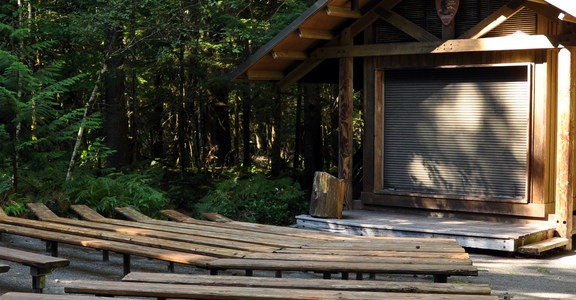
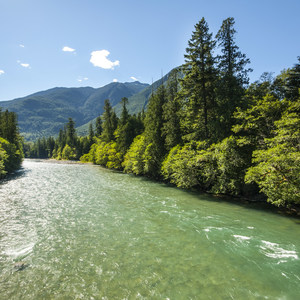
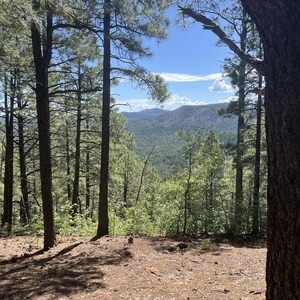


Comments
Sign In and share them.